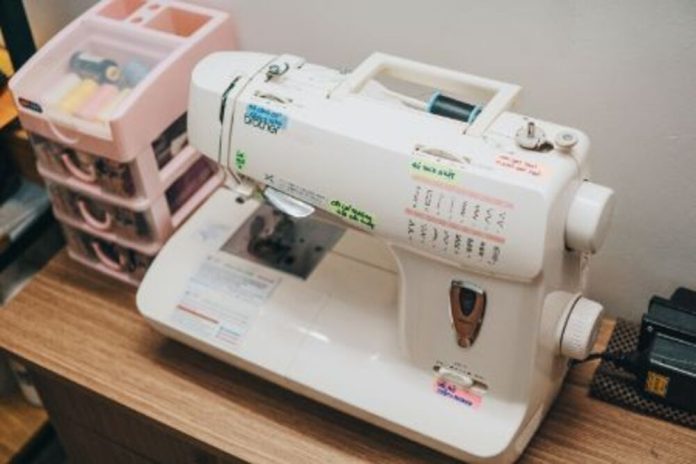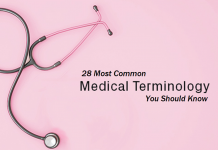What is the best sewing and embroidery machine. An automatic embroidery machine is a sewing-embroidery machine that can produce a variety of special fabric effects. These machines use one needle to make stitches on a single piece of material. You can change the colors in a stitch by simply loading a different file and letting the machine run. These machines also have different needles, which allow you to sew different designs simultaneously.
Before you begin the embroidery process, make sure you check the machine for any errors and make sure it is operating as it should. If you encounter any problems, make sure to have the necessary supplies, including extra needles and bobbins. A small air compressor, brush, scissors, and a pair of scissors are all essential. You should also have a design file for the embroidery you are planning to do, as this will minimize the time and effort you will spend on designing the design.
Another feature of an automatic embroidery machine is the ability to edit the design using the touchscreen. In addition, this type of machine has the capacity to embroider any kind of fabric. It also features an automatic needle threader, and a thread trimmer. In addition, a color computer display makes the machine easy to use.
Another factor to consider when purchasing a machine is the size of its embroidery area. A larger embroidery area will allow you to cover more stitches in fewer passes. It is also helpful if the design is large since a smaller machine may have to split it into several pieces.
Needle quantity
Needle quantity is an important consideration when choosing an automatic embroidery machine. There are two types of embroidery needles available: standard and universal. The needle used in a domestic embroidery machine is called a universal needle (also known as an HAx1 needle). These two types are slightly different from each other. A standard needle is approximately 3/332 inches in diameter with a blunt tip. Both types of needles can be used for embroidery. However, the blunt tip is better for thicker materials. Furthermore, some threads are too thin for a universal needle.
Needles used for an automatic embroidery machine come in a variety of sizes, depending on the type of fabric that you are embroidering. A 75/11 needle is recommended for lightweight materials, while medium and heavy fabrics can use an 80/12 or a 90/14 needle. For the best results, use a needle that matches the fabric type and weight.
While the standard needles are made of hardened steel, some specialty needles feature a titanium nitride coating to make them more durable and resist abrasion. For woven fabrics, most Sewing Master machines use a nickel-plated stitching needle. However, there are other options. Titanium nitride, which is coated on top of chromium, is the most expensive option, but is far superior to chrome.
Multi-needle machines can also help you reduce your work time. With a multi-needle machine, you can choose a needle color for a specific project and set the number of needles to suit the fabric. This makes it simple to switch between different needle colors without having to change needles. Multi-needle machines often have preset needle types that work best with certain fabrics. The TC-1501 machine includes 15 needles. Ten of these are sharp point needles that can be used for regular clothes, while five are needles that are suitable for knitting fabrics.
Stabilizing items
There are several options for stabilizing items for automatic embroidery machines. Some are better suited for certain fabrics than others. Water-soluble stabilizers can be used on items where the stitching design is visible on both sides. These products are formulated to dissolve in water and leave no residue when removed.
Stabilizers are the foundation for all commercial embroidery. They come from the garment industry and are a relatively cheap and fast way to improve the decorator’s job. Since their humble beginnings as horse hair or stiff canvas, stabilizers have come a long ways. Stabilizers in the early days were uncomfortable and scratchy. Modern stabilizers are much softer and more comfortable for embroidery.
A self-adhesive stabilizer is another option for stabilizing items for automatic embroiderers. This type of stabilizer has a sticky base similar to that of a medium-weight tear-away stabilizer. However, it may not provide sufficient support to the fabric. It is recommended that you add additional backing to the fabric or to the self adhesive stabilizer. Double stabilization should not be used as it can lead to a messy look and feel.
If you’re not using stabilizers for your embroidery designs, you can cut away excess fabric from the item. This will allow you remove the stabilizer without affecting your design. However, this technique is not recommended for freestanding lace designs, which need more support. If the item is going to be worn often, it’s best to use a permanent stabilizer such as a Cut Away stabilizer.
It is also important to choose the right stabilizer for your fabrics. Nevertheless, it’s still advisable to do a test embroidery before putting the fabric onto the machine.
Control panel
An automatic embroidery machine’s control panel allows you to modify the machine’s configuration and access the sewing program. The user can set the number of stitches per segment, implementation rate, and sewing rate by pressing keys on the control panel. You can also enter the number seam segments by pressing the appropriate graphic symbols from the control panel.
The control panel is attached to the sewing machine using an electric parallel connection. The control panel is located on the upright 20 of your machine in a separate parallelepipedic box. It has a display that faces users.
The HM/E-1501c5 bridge-style embroidery machine has a large sewing area measuring 500x400mm (about 19.7 x 15.7 inches). The machine can stitch at a maximum speed of 1200 stph which is sufficient for heavy fabrics. This machine comes with Wings XP embroidery software and includes embroidery needles and backing.
A control panel is an integral part of an automatic embroidery machine and is essential for correct sewing. It allows the user to modify sewing programs and monitor machine performance. It contains a display and a pair of control keys with peculiar functions.
Another feature of an automatic embroidery machine is its ability to edit designs. The touchscreen on the PE770 makes it easy to modify and change embroidery designs. It is compatible with all fabrics. It also comes with an automatic needle threader and thread trimmer.
Needle shift
The function of needle shift is important because it determines the position of the working needle in the hoop. Most of the automatic embroidery machines come with nine preset points. You can change the start and ending points. This allows you to align the embroidery with other components in the design.
Firstly, you should check the stitch length. If the stitch is too short, you may end up damaging the needle. Use a different size needle than the one you currently use to ensure the right stitch length. If you are making tote bags you will need a size 80/12 needle at the beginning and a size 100/16 at the end.
Another crucial feature of an automatic embroidery machine is the ability to change the colour. The colour changing mechanism is an essential component of computerized embroidery machines. The machine should be capable of changing the colour of the embroidery without any difficulties. The device can also adjust the speed and the tension of the stitches.
You can move the frame to the desired needle start position to initiate the needle shift process. This allows you to make adjustments as needed. If you are not sure of the position of your embroidery frame, the presser foot can strike it. The stitch could be out of alignment if you make mistakes.
The computerized embroidery machine has three main parts: a needle bar frame, a needle holder, and a head. The embroidery unit is located in this frame. The machine displays up to 80 stored patterns and USB flash drive patterns.



















